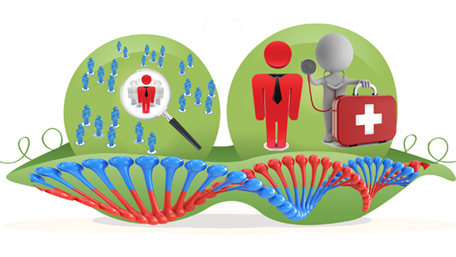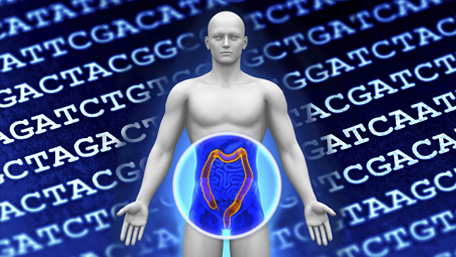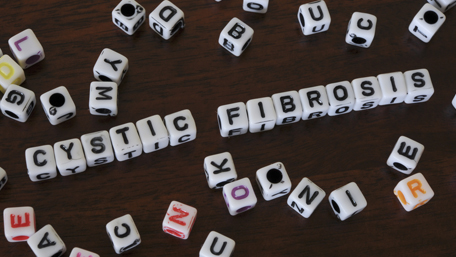
02/03/2020
Hot Topics of the Day are picked by experts to capture the latest information and publications on public health genomics and precision health for various diseases and health topics. Sources include published scientific literature, reviews, blogs and popular press articles.
Sign up MyPHGKB to receive the daily hot topic email alert.
Archived Hot Topics of the Day By Date
A pneumonia outbreak associated with a new coronavirus of probable bat origin
P ZHou et al, Nature, February 3, 2020
China coronavirus: labs worldwide scramble to analyse live samples
E Callaway, Nature, January 31, 2020
New coronavirus threat galvanizes scientists
J Cohen, Science, January 2020
Quantification of Neighborhood-Level Social Determinants of Health in the Continental United States
M Kolak et al, JAMA Network Open, January 2020
Deep learning for prediction of colorectal cancer outcome: a discovery and validation study.
Skrede Ole-Johan et al. Lancet (London, England) 2020 Feb (10221) 350-360
Cystic Fibrosis Patient Asks for Increased Efforts Around Antibiotic Resistance
Pew Trust, January 28, 2020
Duchenne muscular dystrophy
H Fox et al, BMJ, January 2020
Disclaimer: Articles listed in Hot Topics of the Day are selected by Public Health Genomics Branch to provide current awareness of the scientific literature and news. Inclusion in the update does not necessarily represent the views of the Centers for Disease Control and Prevention nor does it imply endorsement of the article's methods or findings. CDC and DHHS assume no responsibility for the factual accuracy of the items presented. The selection, omission, or content of items does not imply any endorsement or other position taken by CDC or DHHS. Opinion, findings and conclusions expressed by the original authors of items included in the Clips, or persons quoted therein, are strictly their own and are in no way meant to represent the opinion or views of CDC or DHHS. References to publications, news sources, and non-CDC Websites are provided solely for informational purposes and do not imply endorsement by CDC or DHHS.
- Page last reviewed:Feb 1, 2024
- Page last updated:Apr 25, 2024
- Content source:






